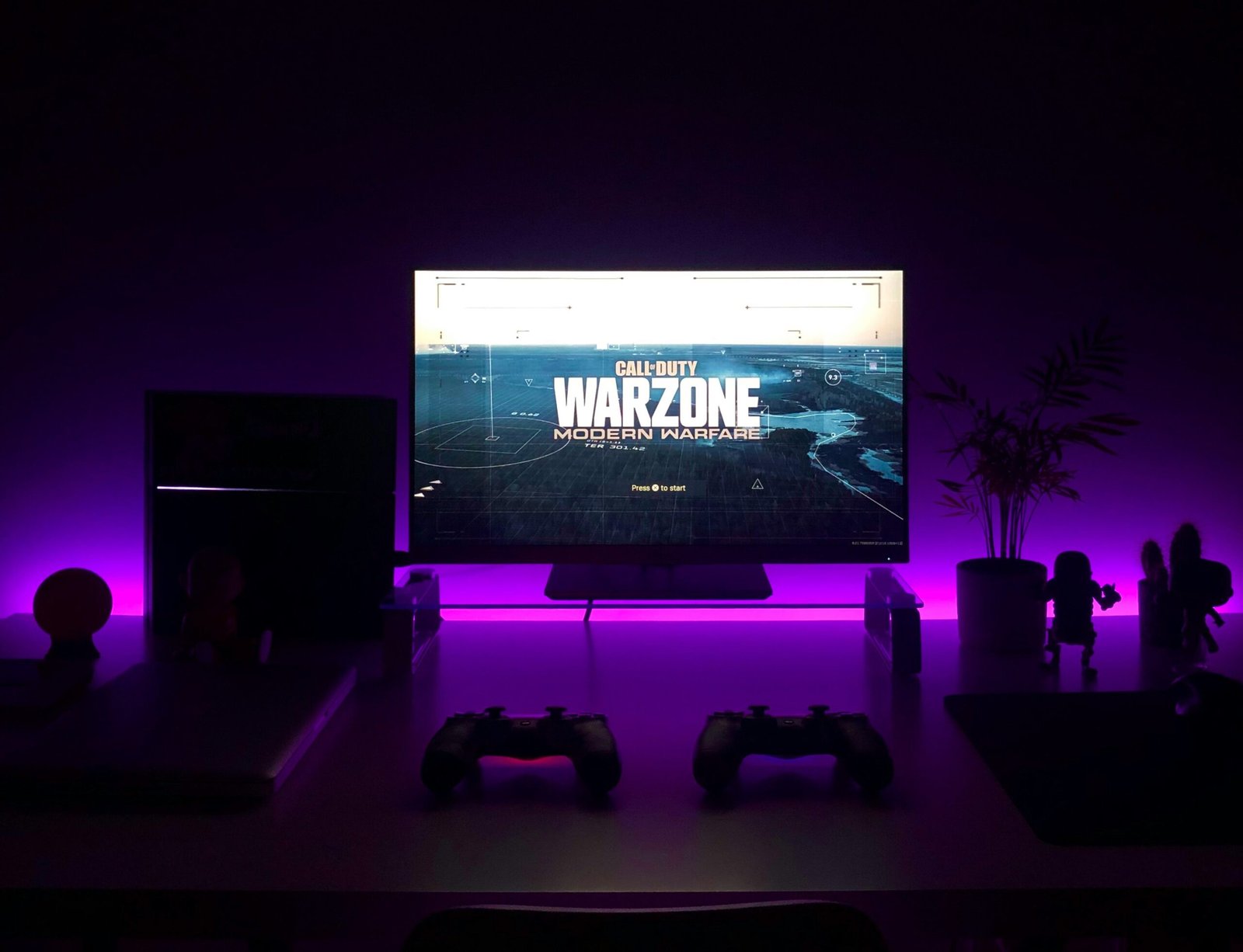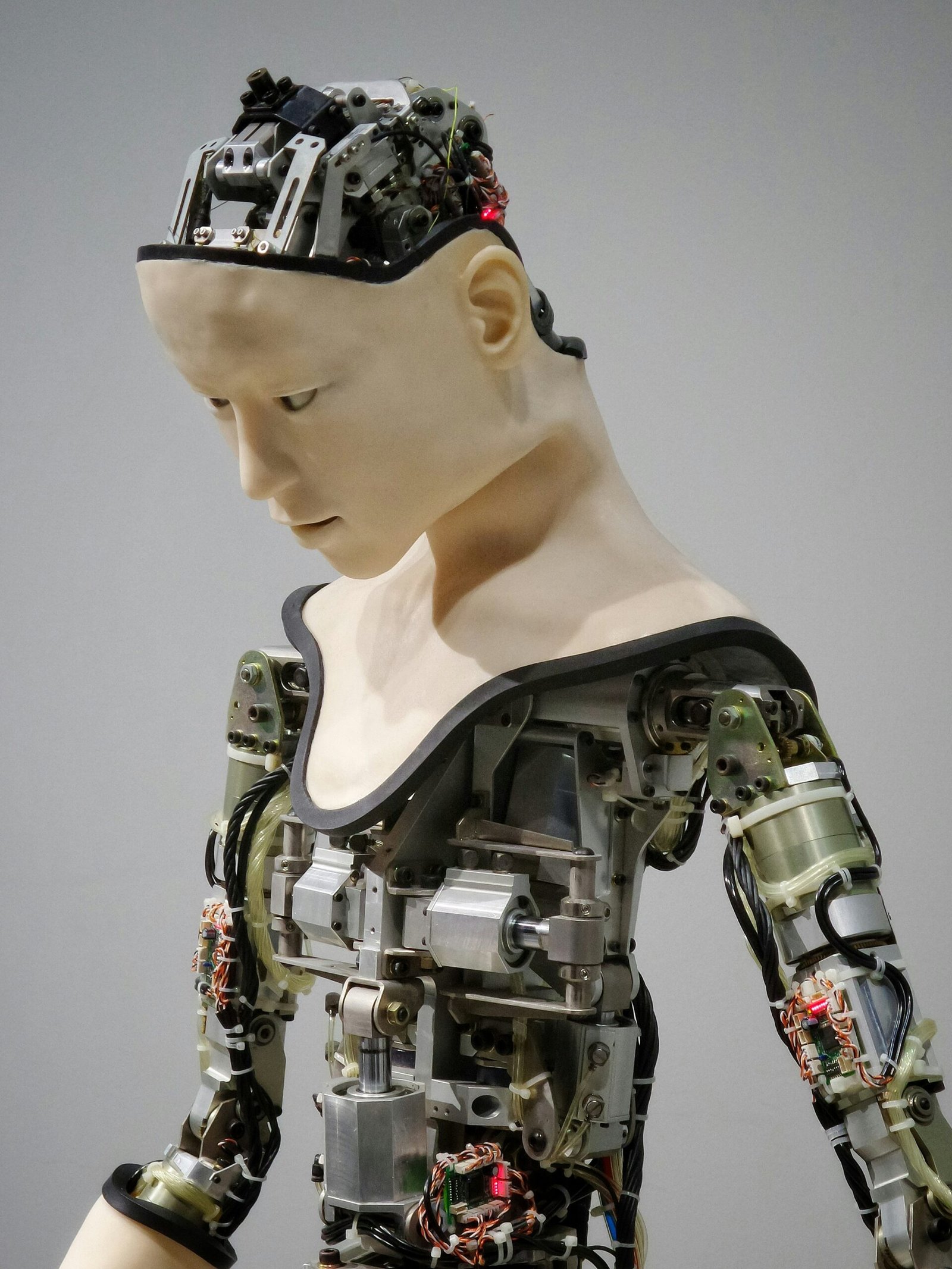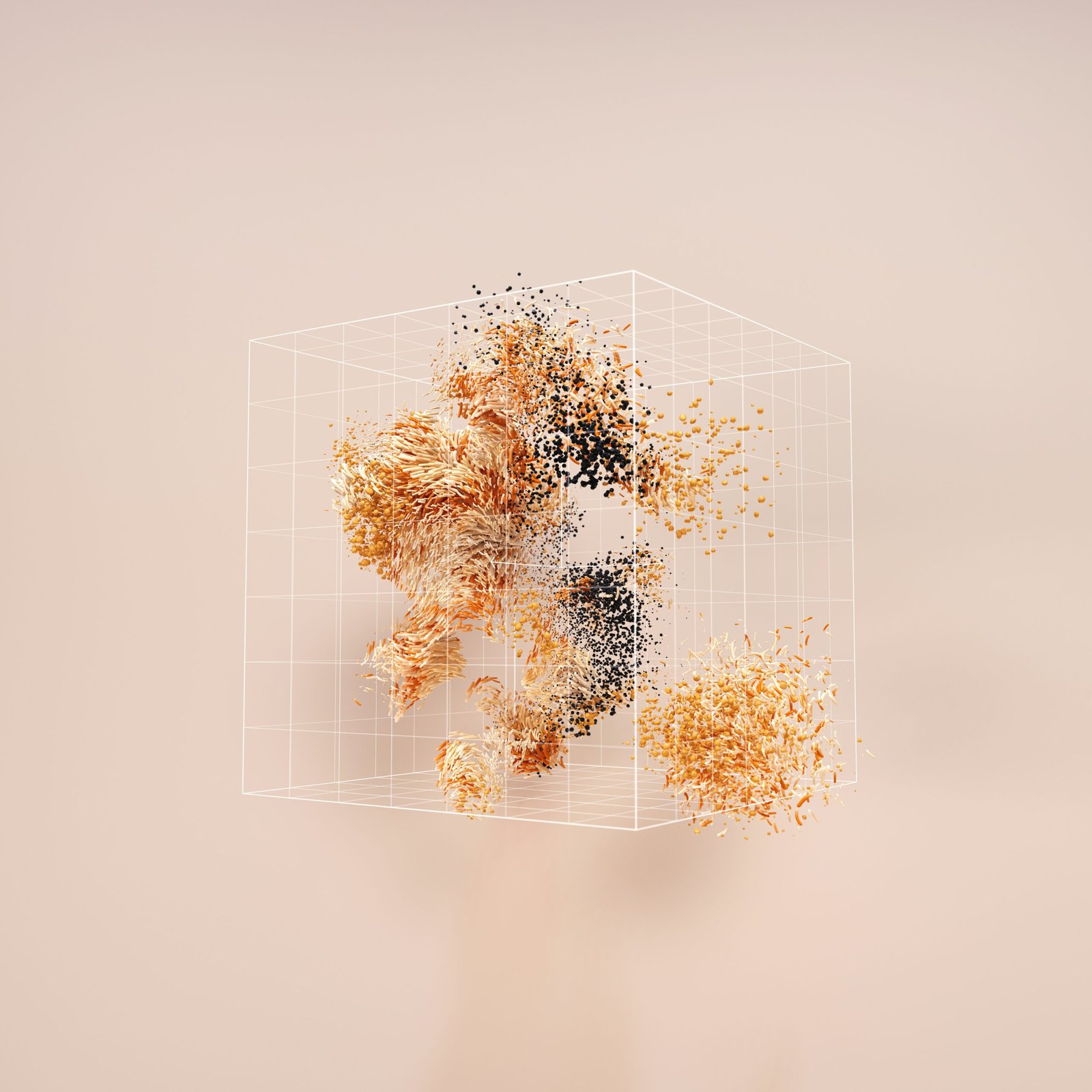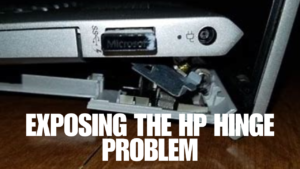Sony Unveils PlayStation VR 2 with Enhanced Features

Photo by Fábio Magalhães on Unsplash
Sony has officially unveiled the PlayStation VR 2, marking a significant milestone in the evolution of virtual reality gaming. As the successor to the original PlayStation VR, this new installment aims to elevate the immersive experience for gamers around the world. The announcement was met with great anticipation, reflecting the gaming community’s eagerness for advancements in VR technology.
The launch of PlayStation VR 2 is not merely an upgrade but a strategic move by Sony to solidify its position in the increasingly competitive gaming industry. The original PlayStation VR set a high standard, becoming one of the most accessible and popular VR systems on the market. Building on that success, the PlayStation VR 2 promises a host of enhanced features designed to push the boundaries of virtual reality experiences.
This introduction serves as an essential prelude to understanding the myriad improvements and innovations that the PlayStation VR 2 brings to the table. From hardware enhancements to software integrations, Sony’s latest offering is poised to redefine what gamers can expect from VR technology. The PlayStation VR 2 is not just about better graphics or more responsive controls; it represents a holistic upgrade aimed at delivering a more intuitive and immersive gaming experience.
In subsequent sections, we will delve deeper into the specific features and advancements that set PlayStation VR 2 apart. These include enhanced resolution, improved tracking capabilities, and more ergonomic design elements, among others. Each of these aspects contributes to creating a more seamless and engaging virtual reality experience, positioning the PlayStation VR 2 as a formidable contender in the VR market.
As we explore these features in greater detail, it becomes clear that the PlayStation VR 2 is a testament to Sony’s commitment to innovation and excellence in gaming technology. This launch is not just a continuation of the PlayStation legacy but a bold step forward in the evolution of virtual reality gaming.
Design and Build Quality
The PlayStation VR 2 presents a significant evolution in design and build quality over its predecessor. Sony has adopted a sleeker, more modern aesthetic, emphasizing both form and function. The headset showcases a streamlined look with smooth curves and a polished finish, making it visually appealing while enhancing overall user comfort.
Ergonomic improvements are at the forefront of the PlayStation VR 2’s design philosophy. The headset features a more balanced weight distribution, reducing strain on the user’s head and neck during extended gameplay sessions. Additionally, the adjustable headband and cushioning have been refined to ensure a snug yet comfortable fit for a diverse range of head sizes. The materials used in the construction of the headset, such as high-quality plastics and breathable fabrics, contribute to its durability and comfort, allowing for prolonged use without discomfort.
Sony has clearly taken user feedback into account when designing the PlayStation VR 2. One of the notable changes is the inclusion of a new, more efficient ventilation system that helps prevent lens fogging, a common issue in the previous generation. This improvement significantly enhances the user experience, ensuring a clearer and more immersive visual experience throughout use.
Another area where the PlayStation VR 2 excels is in its ease of use. The new design includes a single cable connection, simplifying setup and reducing clutter. This is a marked improvement over the first-generation headset, which required multiple connections and adaptors. The intuitive placement of buttons and controls on the headset also ensures that users can make adjustments on the fly without interrupting their gaming experience.
In comparison to the original PlayStation VR, the PlayStation VR 2 not only looks more refined but also incorporates practical enhancements that address previous shortcomings. By focusing on user comfort, ease of use, and visual appeal, Sony has created a headset that promises to deliver a superior virtual reality experience.
Display and Visual Enhancements
The PlayStation VR 2 introduces significant improvements in its display technology, promising to elevate the immersive gaming experience. Central to these advancements is the headset’s resolution, which has been upgraded to 2000 x 2040 pixels per eye. This leap in resolution translates to extremely sharp and detailed visuals, reducing the screen-door effect that was more noticeable in previous VR models. Gamers can now enjoy a crisper and more realistic virtual environment, making every gaming session more engaging.
Another noteworthy enhancement is the refresh rate. The PlayStation VR 2 supports a refresh rate of up to 120Hz, ensuring smoother motion and reducing motion blur. This high refresh rate is crucial for maintaining immersion, especially in fast-paced games where rapid movements are common. By minimizing latency and visual artifacts, the PlayStation VR 2 offers a seamless and responsive experience that keeps players deeply engrossed in their virtual adventures.
The field of view (FOV) has also seen an upgrade, expanding to approximately 110 degrees. This wider FOV allows for a more encompassing visual experience, providing a greater sense of peripheral vision. Such an enhancement helps create a more natural and immersive experience, as players can see more of their virtual surroundings without needing to move their heads as much.
Furthermore, the PlayStation VR 2 employs advanced OLED panels for its display. OLED technology is renowned for its superior color accuracy, deeper blacks, and higher contrast ratios compared to traditional LCD panels. This results in more vibrant and lifelike visuals, enhancing the overall aesthetic quality of games. With OLED, every scene is rendered with precise color reproduction, making the virtual world appear more convincing and visually captivating.
These display and visual enhancements collectively contribute to a more immersive and stunning gaming experience on the PlayStation VR 2. By combining higher resolution, faster refresh rates, a wider field of view, and OLED technology, Sony has set a new benchmark for visual fidelity in virtual reality gaming.
Controller Upgrades
The PlayStation VR 2 introduces a significant leap in immersive gaming through its newly designed controllers. One of the standout features is the ergonomic enhancements, which are geared towards providing a more comfortable and natural grip for extended gaming sessions. These controllers are tailored to fit a wider range of hand sizes, contributing to a more inclusive gaming experience.
In addition to ergonomic improvements, the new controllers come equipped with advanced haptic feedback technology. This feature allows players to feel a variety of in-game actions, from subtle vibrations to intense pulses, thereby enhancing the sense of presence and realism. The adaptive triggers further elevate this experience by offering varying levels of resistance based on the in-game activity, providing a more tactile and responsive interaction.
When compared to the previous generation controllers, the advancements are evident. The older models lacked the refined haptic feedback and adaptive trigger mechanisms, which limited the depth of interaction within the virtual environment. The new controllers, however, bridge this gap by incorporating these advanced features, thus delivering a more engaging and immersive experience.
Moreover, these enhancements set the PlayStation VR 2 apart from other VR systems in the market. While competitors have made strides in controller technology, Sony’s integration of ergonomic design, haptic feedback, and adaptive triggers presents a comprehensive upgrade that enhances interactivity and immersion. This positions the PlayStation VR 2 as a formidable contender in the realm of virtual reality gaming.
Overall, the controller upgrades in the PlayStation VR 2 are a testament to Sony’s commitment to pushing the boundaries of immersive gaming. By blending ergonomic design with innovative technology, these controllers not only improve comfort and usability but also significantly enrich the overall virtual reality experience.
Tracking and Sensors
Sony’s PlayStation VR 2 introduces significant advancements in tracking capabilities and sensor technologies, making a substantial leap from its predecessor. Central to these improvements is the implementation of inside-out tracking. This method leverages the VR headset’s built-in cameras to track the user’s movements, eliminating the need for external sensors. The PlayStation VR 2 features four outward-facing cameras, which provide comprehensive coverage and ensure that the system accurately captures the user’s position and movements within the play area.
In addition to the cameras, the PlayStation VR 2 is equipped with a range of other sensors designed to enhance the overall user experience. These include an accelerometer and a gyroscope, which work in tandem to monitor motion and orientation. The combination of these sensors allows for more precise tracking, significantly reducing latency and creating a more immersive virtual reality environment. The improved tracking accuracy means that the system can better interpret subtle movements, thereby increasing the level of realism and interactivity in VR applications.
Another notable feature is the PlayStation VR 2’s eye-tracking technology. This advanced sensor system detects and follows the user’s eye movements, providing an additional layer of input that can be used for various applications, such as foveated rendering. Foveated rendering optimizes the allocation of graphical resources by focusing on the area where the user’s gaze is directed, resulting in enhanced visual fidelity without overburdening the hardware.
The cumulative effect of these enhancements is a significant reduction in motion sickness, a common issue in earlier VR systems. By ensuring that tracking is both precise and low-latency, the PlayStation VR 2 delivers a smoother, more comfortable experience. Users can expect to enjoy longer gaming sessions with less discomfort, thanks to the refined tracking and sensor technologies.
Software and Game Compatibility
Sony’s PlayStation VR 2 is set to redefine the virtual reality landscape, particularly in terms of software and game compatibility. One of the significant advantages of the PlayStation VR 2 is its backward compatibility with existing PSVR games. This ensures that current PSVR users can seamlessly transition to the new system without losing access to their game library. The backward compatibility feature is a strategic decision by Sony to maintain its loyal user base while offering them an upgraded VR experience.
In addition to supporting existing titles, Sony has announced a range of exclusive games specifically developed for the PlayStation VR 2. These exclusive titles are designed to take full advantage of the new system’s enhanced capabilities, offering a more immersive and interactive experience. Games such as “Horizon Call of the Mountain” and “Resident Evil Village VR” promise to showcase the potential of the new hardware, setting new benchmarks for virtual reality gaming. These exclusives are expected to be a significant draw for gamers looking for unique experiences that can only be found on the PlayStation VR 2.
Moreover, third-party developer support is robust, with numerous game studios expressing enthusiasm about developing for the PlayStation VR 2. Companies like Ubisoft, Bethesda, and Capcom are already working on VR projects that will be available on Sony’s new platform. The involvement of these prominent developers indicates a thriving ecosystem and a promising future for the PlayStation VR 2. By fostering strong relationships with third-party developers, Sony is ensuring a diverse and rich game library for its users.
Sony also plans to leverage its extensive gaming portfolio to attract new users to the PlayStation VR 2. Iconic franchises such as “Gran Turismo,” “God of War,” and “The Last of Us” are likely to receive VR adaptations or spin-offs, further enticing fans of these series to explore virtual reality. This strategic use of beloved franchises will not only draw in existing PlayStation users but also attract newcomers curious about VR gaming.
User Experience and Comfort
The PlayStation VR 2 has been meticulously designed with the user experience at its core, ensuring an unparalleled level of comfort during prolonged gaming sessions. One of the standout features is the adjustable head strap mechanism, which allows for a tailored fit. Whether you have a smaller or larger head, the strap can be easily adjusted to provide a snug yet comfortable fit, minimizing any potential discomfort during extended use.
Weight distribution has been another focal point in the design of the PlayStation VR 2. The headset is engineered to distribute its weight evenly across the user’s head, reducing the pressure on any single point. This balanced weight distribution is crucial for maintaining comfort, especially during long gaming sessions when an uneven weight could lead to strain or discomfort. The lightweight materials used in the construction of the headset further contribute to its ease of wear.
Ventilation is another significant enhancement in the PlayStation VR 2. The headset features an advanced ventilation system that helps to prevent the lenses from fogging up, ensuring a clear and immersive visual experience. Additionally, this ventilation system helps to keep the user’s face cool, even during the most intense gaming moments. This focus on thermal management is a testament to Sony’s commitment to providing a comfortable and enjoyable VR experience.
Early reviews and user testimonials highlight these improvements in comfort and ease of use. Many users have praised the adjustable head strap for its ability to offer a secure fit without causing discomfort. The even weight distribution has also been a point of commendation, with users noting that it significantly reduces the strain on their neck and head. Furthermore, the enhanced ventilation system has received positive feedback for maintaining clarity and comfort during gameplay.
Overall, the user experience and comfort aspects of the PlayStation VR 2 demonstrate Sony’s dedication to refining and enhancing their virtual reality offerings. These thoughtful design improvements ensure that gamers can fully immerse themselves in their virtual worlds without any physical discomfort hindering their experience.
The PlayStation VR 2 is set to enter the market with a competitive pricing strategy that positions it as a formidable contender among current virtual reality systems. Sony has announced that the PlayStation VR 2 will be available for pre-order starting next month, with an expected release date slated for early next year. This timely launch aims to capitalize on the holiday season’s momentum, ensuring that enthusiasts and early adopters can secure their units ahead of the official release.
The pricing for the PlayStation VR 2 is set at $499.99, a figure that reflects the advanced features and enhanced capabilities of the device. When compared to other VR systems like the Oculus Quest 2, which retails at $299.99, and the HTC Vive Pro, priced at $799.99, Sony’s offering strikes a balance between affordability and high-end performance. This strategic pricing not only makes the PlayStation VR 2 accessible to a broader audience but also underscores Sony’s commitment to delivering premium experiences without prohibitive costs.
In terms of regional availability, the PlayStation VR 2 will initially roll out in major markets, including North America, Europe, and Asia. Sony has indicated plans for a phased global release, ensuring that subsequent regions will receive stock replenishments shortly after the initial launch. This approach is designed to mitigate supply chain disruptions and manage demand more effectively, allowing for a smoother consumer experience.
Pre-order details reveal that customers will have the option to secure their PlayStation VR 2 through Sony’s official website and select retail partners. This pre-order period is crucial for gauging interest and adjusting logistics to meet anticipated demand. As the VR landscape continues to evolve, Sony’s strategic pricing and phased availability underscore its intent to maintain a competitive edge, offering a robust and immersive virtual reality experience at a compelling price point.






